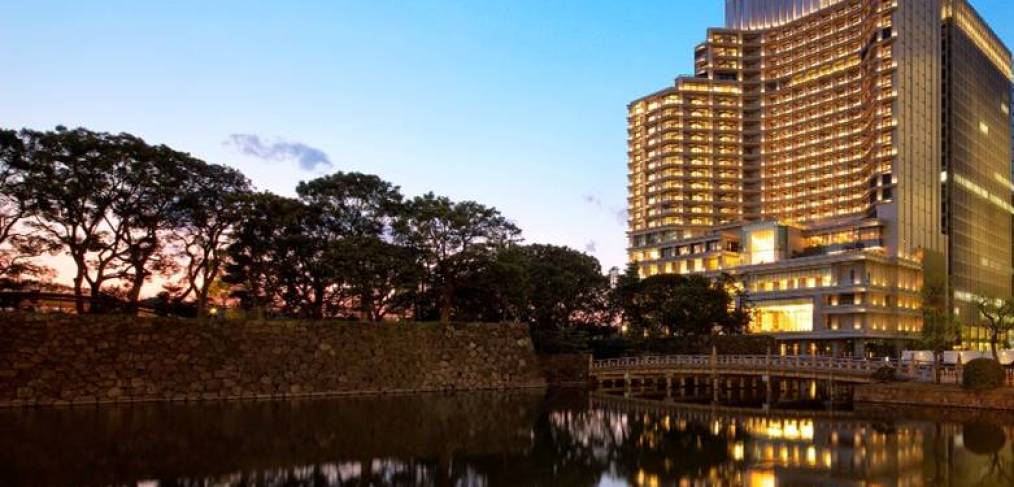
Fit for a King
On his first visit to Tokyo, Mark Bibby Jackson finds the Palace Hotel a right royal place to rest a couple of nights.
Few hotels reflect the changing nature of Tokyo better than the Palace Hotel, which re-opened in May this year. The hotel stands on the same site as the Hotel Teiko, a state-owned and government-run hotel that launched in 1947. It began operations as the Palace Hotel in 1961 before being closed in 2009 as part of a $1.2 billion redevelopment.
Located close to the Imperial Palace and Gardens, the hotel’s design concept is to create a “grand residence” incorporating the modern with the old. One example is the Royal Bar, which utilises the same counter as the original Palace Hotel. In the 60s, chief bartender Kiyoshi Imai was known as ‘Mr Martini’ and his bar carved to the perfect height for enjoying 007’s favourite tipple.
The first view I see from my suite’s balcony is of Tokyo’s dramatic nightscape, but upon awaking, I notice the Imperial Gardens to my right. It is an unusually green vista for this most modern of cities. The gardens also played a significant role in the hotel’s design, created by Australian Terry McGinnity.
McGinnity apparently spent hours walking through the gardens to find inspiration. This is demonstrated by the use of traditional Japanese scenery throughout the hotel, from the stone clad exterior to the leaf motif of the carpeting and down to the fine details of the ten restaurants and bar.
The counter at the Lounge Bar Privé is shaped like a bay-leaf, a reminder of the park just outside. The external environment also forms a strong feature in the design of the 290 rooms, all of which afford views over the gardens as well as the city’s skyscraper townscape.
On one morning I am shown around the hotel’s ten dining alternatives. Here the Palace is certainly aiming for the stars — Michelin ones, having partnered with Patrick Henriroux, who runs the two-star La Pyramide in Vienne, France, and Shinji Kanesaka, owner of Ginza’s two-star Sushi Kanesaka. The hotel even has tempura and teppanyaki restaurants that prove popular with local office workers.
Perhaps the most unusual element of the hotel is the Evian Spa Tokyo, on the fifth floor. It is first of its type in Japan and only the second outside of France worldwide. With each of the five treatment rooms and spa suite named after an Alpine peak, I take a dip in the internal pool to find a bottle of Evian placed beside my lounger.
However, it is in the bedroom that hotel’s ultimately succeed or fail. And here the Palace demonstrates imperial infallibility. After a luxuriant bath I crank up the air con and wrap myself up in the Imbari bath towels, renowned throughout Japan for their quality, before heading for bed. The hotel literature claims the linen has a 300-thread count. Before I can count that far, I find myself falling asleep. New York may be the city that never sleeps but, at least at the Palace Hotel, Tokyo affords the most peaceful rest.
Palace Hotel Tokyo


One comment